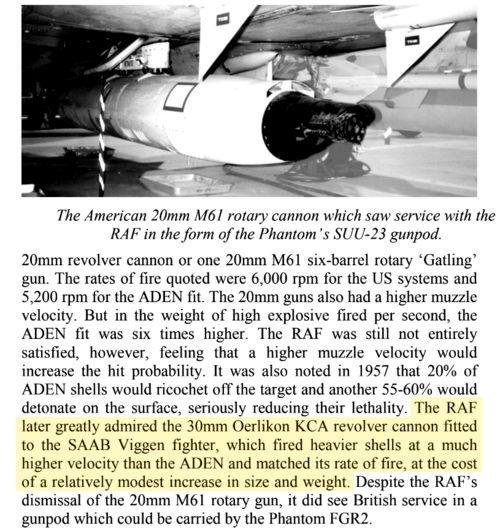- Joined
- 6 September 2006
- Messages
- 4,838
- Reaction score
- 9,481
Is that by production cost or due to the imported avionics etc. or R&D amortisation? Viggen had a pretty respectable production run (329).Isn't Viggen way more expensive than Jaguar though? So numbers would be much less
Political priorities change, but even if a nation withdraws the project might still survive - a home grown is often cancelled and then all the work is sidelined. Saying that a lot of multinational projects, especially armoured vehicles, in this period got to prototype stage but still floundered and were cancelled.The point I was trying to make is that in an ideal situation (governments are backing up the development 100% all the times), the cooperation will indeed produce aircraft that will cost less per piece. Unfortunately, these ideal situations were few and far between. Eg. AFVG fisaco - there is no way that respective governments can return the clock and start anew, but they will start with now greater prices of everything. Or the MRCA program, that saw Belgium and Canada withdraw early on, followed by Nehterlands.
Eurofighter - French being the part of it, then retreating, Germans being in, then wanting the smaller and cheaper A/C, forcing UK to make their own delta-canard prototype, etc.
Time = money, and, boy, were they wasting it or what.
The rampant inflation of the 60s and 70s didn't help, if you started again the base cost was always going to be higher and the new technology that came along since you started the original project and can now incorporate into the second design means more costs too.
The big bonus is that you don't need to pay the hefty upfront R&D costs and can share the load - that's really what was most attractive. Winning a decent workshare was a negative reaction that had to be overcome but if you were a big player like the UK or France then usually they could carve themselves a decent share.
Even Hawk at one point might have been Anglo-Italian or Anglo-Australian or Anglo-Italian-Australian. All combinations were followed, I think its notable that Sweden is about the only Western European nation that was never invited into a collaboration - presumably due to political considerations for neutrality etc. despite having acquired some advanced British kit (Bloodhound, Skyflash) and of course Bulldog and Britain investigating the S-Tank and buying Carl Gustavs etc.
I think politically SAAB would find it too difficult to sell Viggen to a NATO nation directly, hence why licence-production is more likely. In any event we know that SAAB looked at three potential versions tailored to the RAF so we know the idea of cooperation with a NATO member was deemed feasible.I wonder, if Sweden could produce sufficient number of Viggens for UK, even with cooperation with British companies. Other SAAB jets have been produced mostly for the small airforces, which activities are not as extensive, as RAF.
Yes it could, my comment was more that it could use Skyflash from the off, unlike Phantom for example. There would be a lot of Phantom-Viggen overlap with an UK AJ37, which is probably why it wouldn't be done, but the addition of a multi-role radar would make it much more formidable that the historical Jaguar GR.1/3 in ground attack - though again at risk of duplicating Tornado in some roles.I thought Viggen could use sky flash?!

